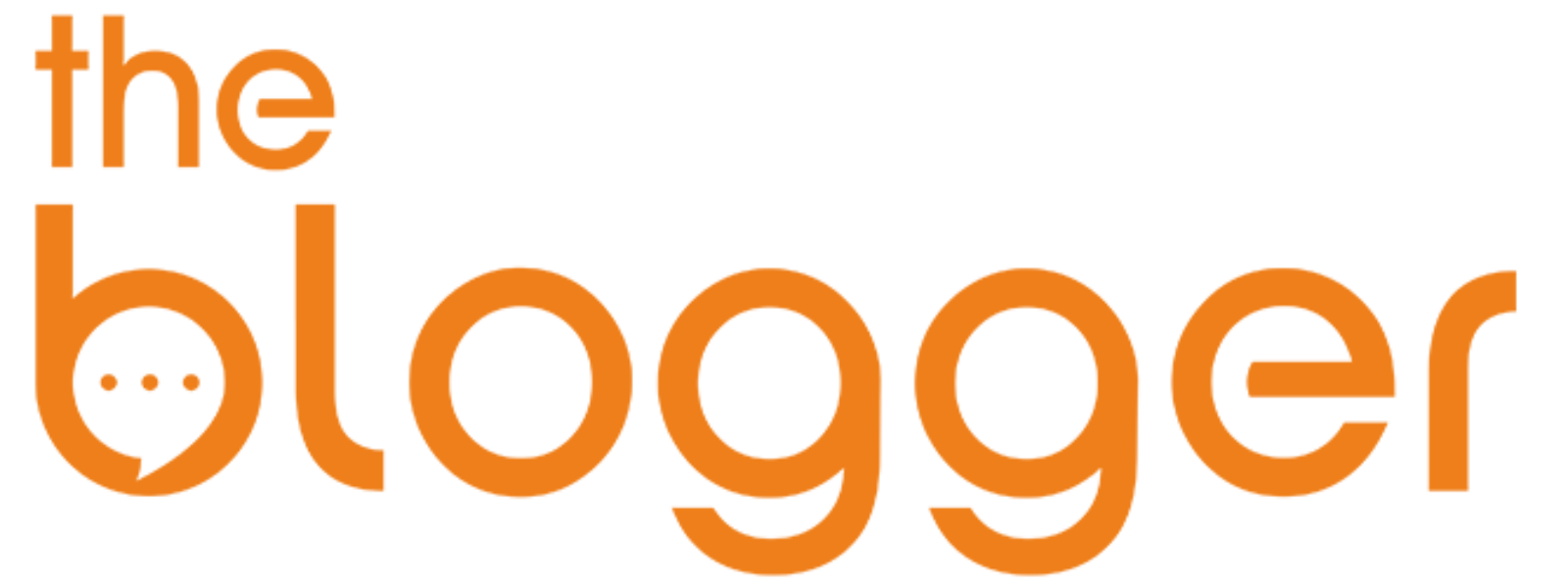Navigating the Product Purchase Journey: Unveiling Benefits and Drawbacks
October 20, 2024 | by altamash.net@gmail.com
 Photo by Rachit Tank on Unsplash
Photo by Rachit Tank on Unsplash Decoding Product Features and Benefits
Before making a purchase, it is crucial for consumers to gain a comprehensive understanding of a product’s features and benefits. This knowledge not only aids in assessing the item’s functionality but also ensures alignment with individual needs or lifestyle preferences. To effectively research a product, one should begin by examining its specific characteristics. This includes understanding the materials used, the design, user-friendliness, and any technological advancements that may be integrated into the product.
In today’s market, many products are equipped with a variety of features that cater to different consumer demands. However, distinguishing between essential features and superficial ones is vital. Some attributes may be mere marketing gimmicks designed to enhance the perceived value rather than delivering actual utility. To separate significant features from those that are nonessential, it is advisable to consult credible reviews, visit manufacturer websites, and engage with product forums or communities. Doing so provides insights into real-world performance and user experiences.
Moreover, evaluating how a product’s features correlate with its benefits can illuminate its overall value proposition. For instance, a high-end kitchen appliance might offer innovative functionalities, but if those features do not translate into enhanced cooking efficiency or ease of use, the investment may not be justified. Understanding this relationship allows consumers to make informed decisions, ultimately maximizing satisfaction and utility from their purchase.
Consumers should also consider whether the benefits resonate with their specific context. By reflecting on personal requirements and lifestyle, buyers can prioritize features that genuinely enhance their day-to-day experiences. This thoughtful approach to analyzing product features and benefits leads to more informed purchasing decisions, minimizing regret and elevating satisfaction with each acquisition.
Assessing Drawbacks and Limitations
When embarking on a product purchase journey, one must not only consider the myriad of benefits that a product may offer but also its potential drawbacks and limitations. A critical evaluation requires an understanding of various factors such as price, durability, complexity, and possible compromises in performance. For instance, a higher price tag might suggest superior quality, yet it is essential to determine whether the product’s longevity justifies the investment. Often, cheaper alternatives can meet the same needs without breaking the bank.
Durability is a key aspect of product assessment; one must evaluate whether a product will withstand the test of time and usage. Examining the materials used and understanding warranty or return policies can provide insight into a product’s life span. Equally important is the product’s complexity. While some products are designed for ease of use, others may present a steep learning curve that can deter effective utilization. Assessing any potential learning barriers is crucial to ensuring a satisfying user experience.
In addition to these factors, performance limitations must not be overlooked. Products that promise a wide range of functionalities may underperform in specific areas. Here, customer reviews and expert analyses can be invaluable. Engaging in thorough research by consulting comparison charts helps illuminate a product’s shortcomings. These resources often structure information in a way that allows prospective buyers to visually assess both pros and cons.
Awareness of these drawbacks is a vital component in making informed purchasing decisions. By weighing the downsides against the advantages, consumers can avoid the pitfalls of buyer’s remorse, ensuring that they select products that appropriately align with their needs and expectations.
RELATED POSTS
View all


